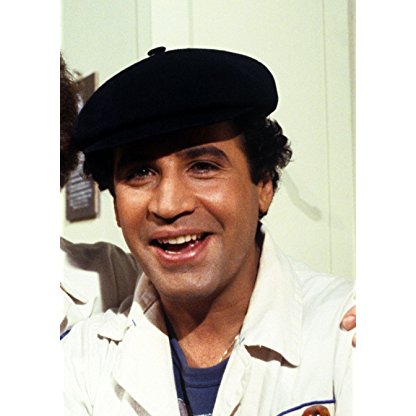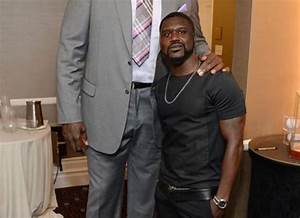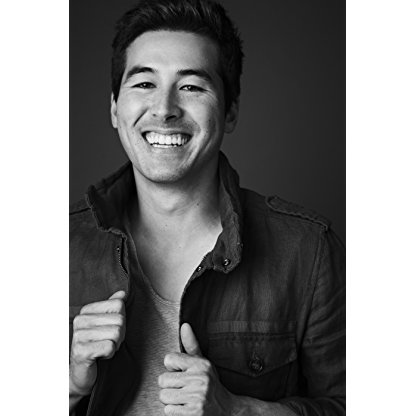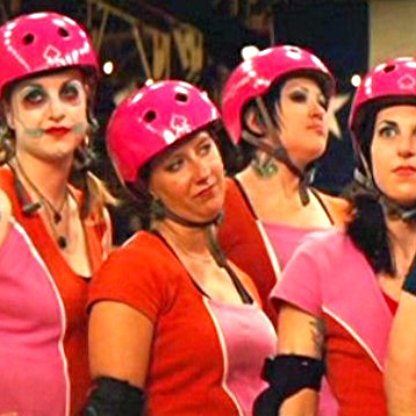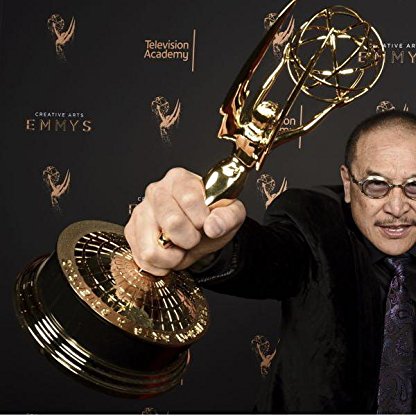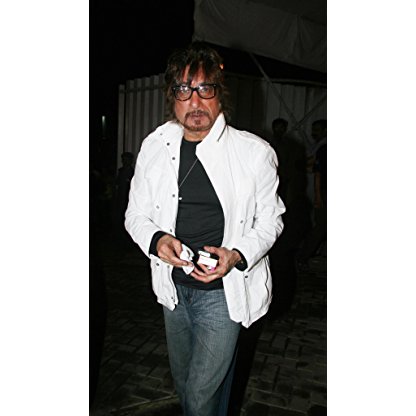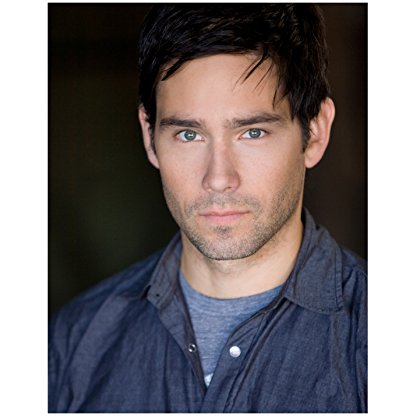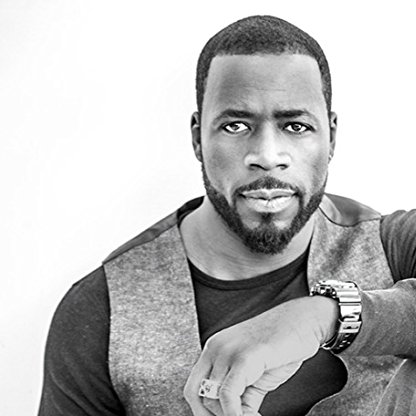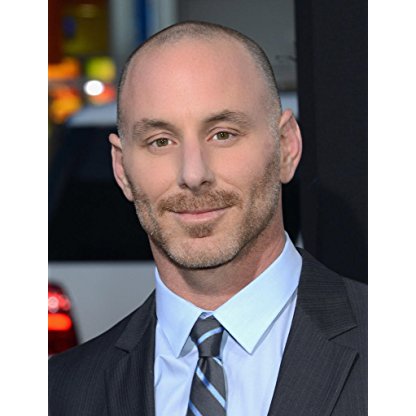In 1917 Ben Turpin joined the leading comedy company, the Mack Sennett studio. Turpin's aptitude for crude slapstick suited the Sennett style perfectly, and Sennett's Writers often cast the ridiculous-looking Turpin against type (a rugged Yukon miner; a suave, worldly lover; a stalwart cowboy; a fearless stuntman, etc.) for maximum comic effect. Through the 1920s his roles often spoofed serious actors and celebrities of the time – e.g., "The Shriek" for "The Sheik" – and Turpin became one of film's most popular comics. Turpin appeared in both short subjects and feature films for Sennett. Delighted with his success, he took to introducing himself with the phrase, "I'm Ben Turpin; I make $3,000 a week."

